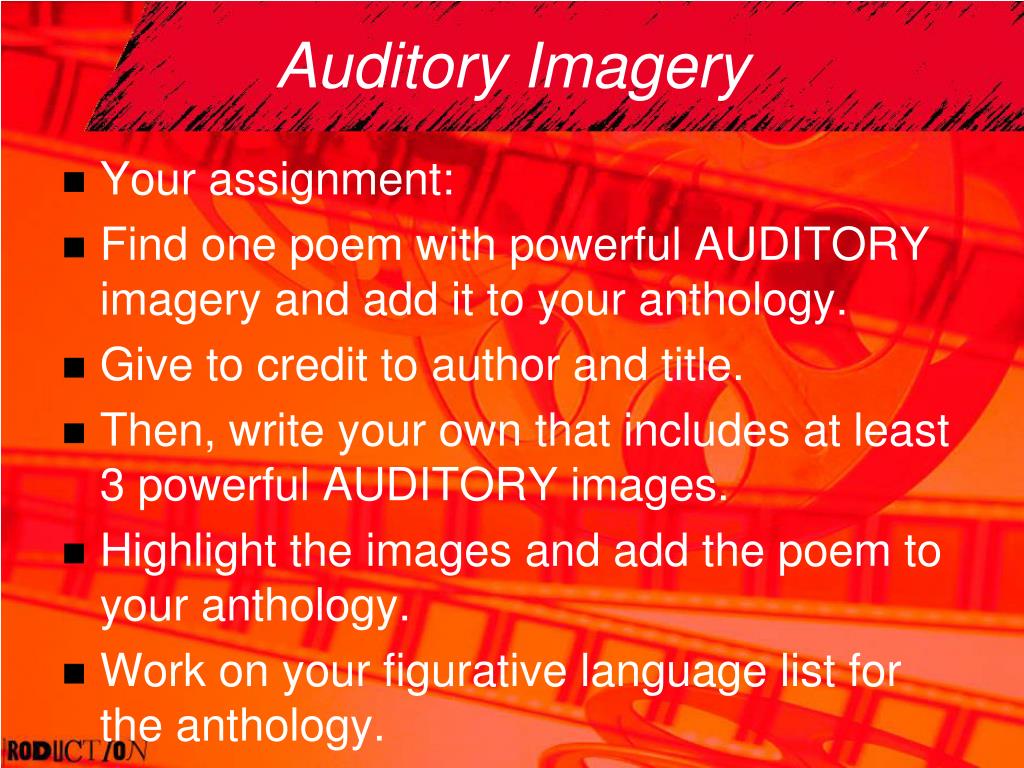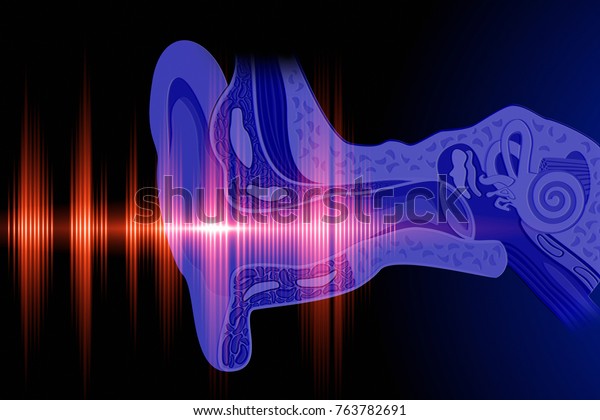

Through all of the research developed to understand auditory imagery behavioral neuroscientists have found that the auditory images developed in subjects' minds are generated in real time and consist of fairly precise information about quantifiable auditory properties as well as melodic and harmonic relationships. The indeterminate elements introduced by sound in this process linked to the image, can also be seen in the more recent work of artists who explicitly deal with. The vividness and detail of auditory imagery can vary from person to person depending on their background and condition of their brain. Visual Imagery Visual imagery is most likely what people think of when they hear the term imagery. This modality of mental imagery differs from other sensory images such as motor imagery or visual imagery. This form of imagery is broken up into a couple of auditory modalities such as verbal imagery or musical imagery. U2 - 10.1093/oxfordhb/9780190460242.013.49ĭO - 10.1093/oxfordhb/ imagery is a form of mental imagery that is used to organize and analyze sounds when there is no external auditory stimulus present. Auditory imagery is imagery that uses sound, and it plays a major role in ''The Tell-Tale Heart.'' Perhaps the most horrible is the sound of the heart that continues to beat after the old man is.

Symbolism can range from metaphors and other. He is Visiting Professor in Critical Writing in Art. In literature, symbolism is the use of objects, people or colors to represent larger ideas, adding a layer of deeper meaning to a work of art.
AUDITORY IMAGERY IN ART PROFESSIONAL
The authors call for further empirical investigations of how voluntary auditory imagery might be used most effectively as a training technique for both professional musicians and in classroom settings. Rick Poynor is a writer, lecturer and curator, specializing in design, photography and visual culture. A hypothesized distinction between an inner voice (which contains kinesthetic. Their imagery may be auditory in nature, or it may be associated with.

Silver bells What a world of merriment their melody foretells How they tinkle, tinkle, tinkle, In the icy air of night. Here are some examples of auditory imagery: Hear the sledges with the bells. As exemplified by aspects of the pedagogical approaches of Zoltán Kodály and Edward Gordon, as well as Nelly Ben-Or’s techniques of mental representation for concert pianists, Halpern and Overy suggest that the conscious and deliberate use of auditory imagery could be exploited more in music education, as it has profound benefits for musicians as a rehearsal strategy. The spontaneous appearance of visual imagery concurrent with intentionally formed auditory imagery, and the similarities of spatial-temporal properties, mnemonic properties, and perceptual properties of auditory imagery and of visual imagery, is considered. The responses of each brass artist were coded for imagery-related statements, and. Auditory imagery is the use of descriptive language to create a mental image of a sound. They then argue that auditory imagery can be used actively as a tool in various music education and rehearsal contexts. This study aimed to investigate the psychophysiological markers of imagery processes through EEG/ERP recordings.

The authors call for further empirical investigations of how voluntary auditory imagery might be used most effectively as a training technique for both professional musicians and in classroom settings.ĪB - Andrea Halpern and Katie Overy review research on auditory imagery from a psychology perspective. As exemplified by aspects of the pedagogical approaches of Zoltán Kodály and Edward Gordon, as well as Nelly Ben-Or’s techniques of mental representation for concert pianists, Halpern and Overy suggest that the conscious and deliberate use of auditory imagery could be exploited more in music education, as it has profound benefits for musicians as a rehearsal strategy. Although auditory imagery has been found as the preferred imagery modality in individuals with hallucinations with schizophrenia (Aleman et al., 2002 Böcker et al., 2000 Heilbrun et al. They then argue that auditory imagery can be used actively as a tool in various music education and rehearsal contexts. N2 - Andrea Halpern and Katie Overy review research on auditory imagery from a psychology perspective. T1 - Voluntary auditory imagery and music pedagogy


 0 kommentar(er)
0 kommentar(er)
